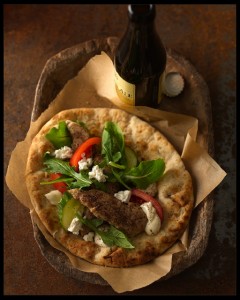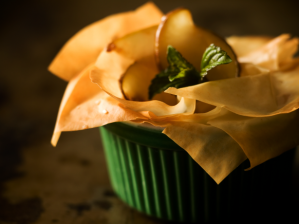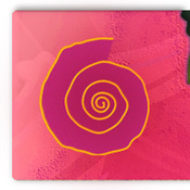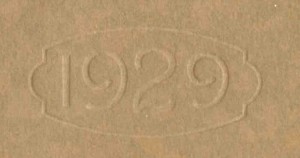Welcome MaryGunderson.com Guest Creative, professional food stylist and expert in all things food, Lisa Golden Schroeder
Seven Food Styling Secrets: You Can Do This!
by Lisa Golden Schroeder
As a professional food stylist, I have the luxury of working with amazing food shooters who make my food look incredible. But if you are trying to capture your own food for a personal blog or to document your favorite family recipes, here are a few tips for enhancing the visual sensibilities of your food.

Never use a flash. If you’re in a restaurant, choose a table near a window. The flash flattens everything out and sometimes gives an earthly glow to photos. When that’s not possible, choose one of the camera’s “white balance” settings; for example, the setting indicated by a light bulb compensates for the yellow tint indoor lights can cast.
Get in close. Fill the frame with the dish, making the food the star. Use a camera’s macro setting (often indicated by a flower icon) to bring a part of the dish into sharper focus. Or widen the aperture to reduce the depth of field, which allows you to focus on foreground details—say, the crusty corner on a dish of macaroni and cheese—and keep the background soft (“select focus” in professional parlance). No need for formal garnishing (forget that huge sprig of parsley) if the food is really your hero.
Wipe glasses and plate edges. Be sure surfaces are free of smudges and greasy fingerprints (a little glass cleaner or rubbing alcohol on a cotton swab is great for small clean ups). In good light, they really stand out.
Work quickly, but deliberately. The longer it takes to set up a shot, the more salads wilt or sauces congeal. For food to look delicious, it needs to look fresh. A small spritz bottle or a paintbrush dipped in water can be used to moisten up food if it needs some dewiness. Pay attention to color, shapes, texture—contrasts in the way you arrange the food on the plate will make a shot more compelling. Drips and crumbs are appetizing, but too much messiness is not.

Keep your hands steady. In low-light conditions, even the slightest tremor can produce a blurry photograph. Brace your elbows against the table to keep the camera steady. Or try this trick: use the top of a water glass as a makeshift tripod.
Shoot a lot. A photo may seem fine on the camera’s tiny screen, but when you look on your computer, it is likely to be out of focus or too bright. So click away, then edit. Capture shots in both a vertical and horizontal format, too. So you have the option of how you can crop it. And less is more—keep your shots simple, elegant.
Shoot food as it’s being prepared. Don’t get hung up on capturing the quintessential “final shot.” Sometimes the most interesting moment in a food’s life is during its preparation. There are all sorts of great details that emerge throughout the cooking process.











